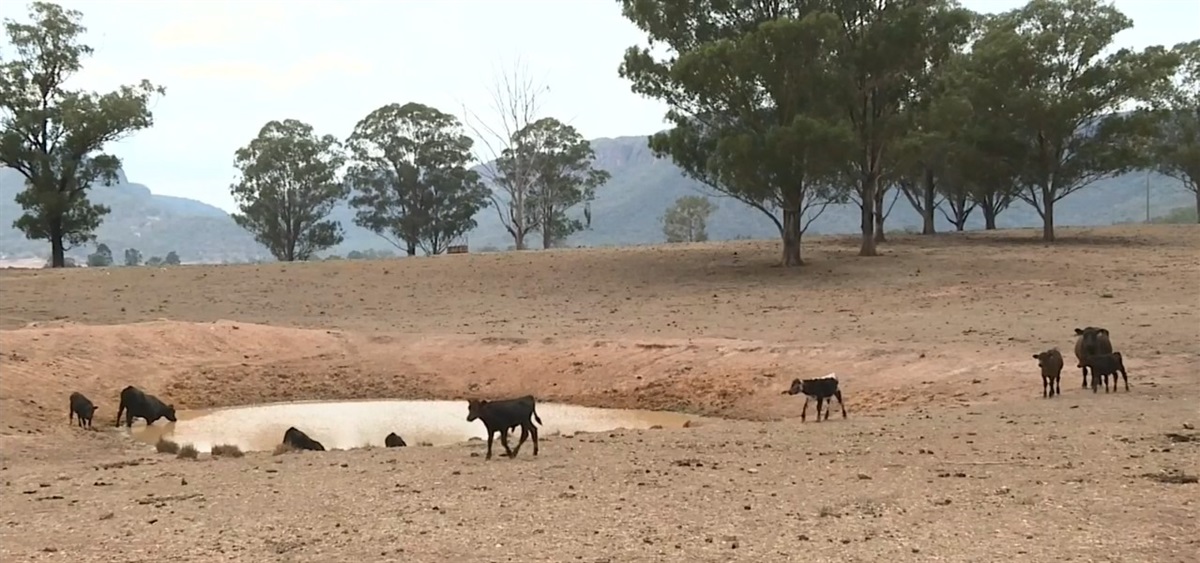Sunshine Coast Council
An incident in NSW in late 2020 caused alarm for residents of a neighbourhood street when private cleaning contractors employed by a homeowner to pressure clean their roof inadvertently sent fibres from the asbestos roof throughout the street.
Asbestos was used widely in Australian buildings and structures between the 1940s and 1980s because of its durability, fire resistance and excellent insulating properties. Many older buildings and structures still contain asbestos.
While asbestos containing material doesn’t always pose an immediate hazard or health risk when it is stable, encapsulated and contained in a bonded form, it does cause potential health risks when it is disturbed or damaged in a way that is likely to cause the release of respirable asbestos fibres.
The NSW incident is a timely reminder to all residents to ensure they deal with asbestos correctly.
Service Excellence Portfolio Councillor Winston Johnston urged residents who were planning home renovations, carrying out maintenance or cleaning up after a storm, to be asbestos aware.
“Asbestos removal and disturbance can be extremely hazardous, and we strongly recommend that home-owners only use licensed asbestos removalists when dealing with asbestos to ensure that fibres are not released into the environment and to avoid long-term health risks to themselves, neighbours or future occupants,” Cr Johnston said.
Examples of older building products that often contain asbestos include:
- internal and external asbestos cement wall sheeting
- roof cladding, flashings, capping and gutters
- insulation
- linoleum floor sheeting
- electrical wiring, switchboards and metre boards
- down-pipes, sewer, stormwater and water supply pipes.
Queensland law prohibits the use of certain tools and work methods when working with asbestos containing materials as they can generate dangerous airborne asbestos fibres.
When working with or removing asbestos containing materials you must:
- never use power tools, such as angle grinders, circular saws and electric sanders (unless enclosed or used with a device or process that prevents dust)
- never use high pressure water cleaners
- never use sandpaper, compressed air or abrasive blasting
- never use household vacuum cleaners, even if they have a HEPA filter. Only specially designed cleaners for work with asbestos can be used.
Asbestos poses a significant health risk when the extremely fine particles become airborne and are inhaled. The respirable fibres cannot be seen with the eye, but they can enter and become lodged in the lungs, where they may stay and potentially cause fatal illness.
Asbestos removal







